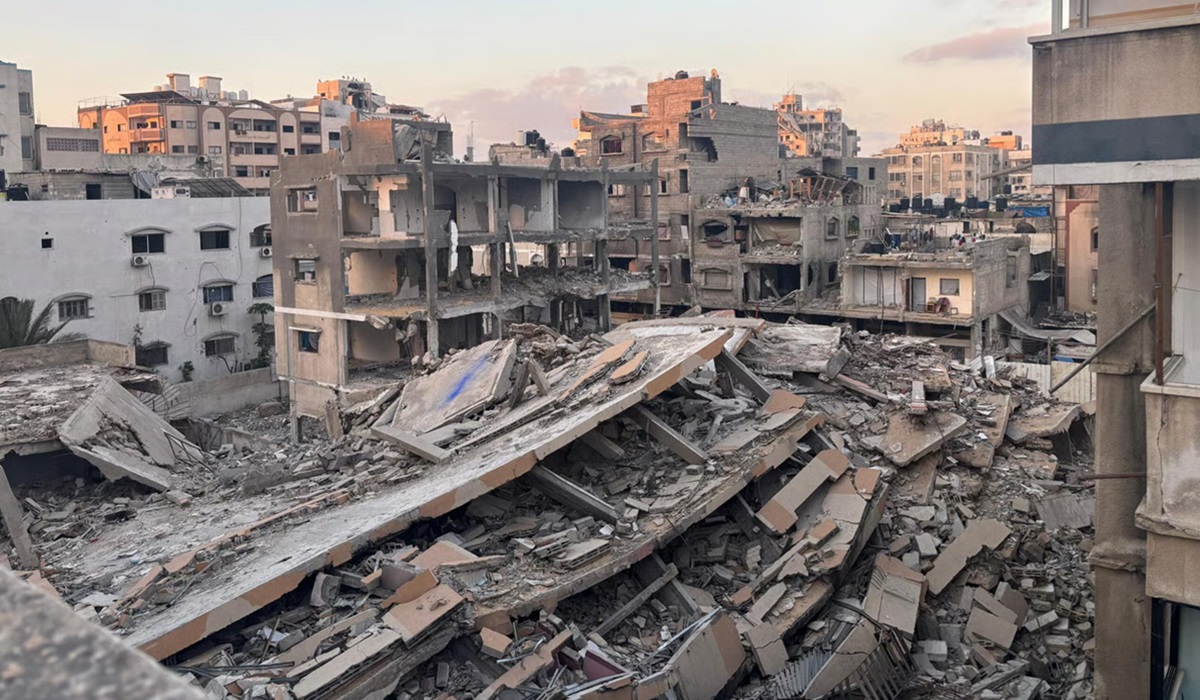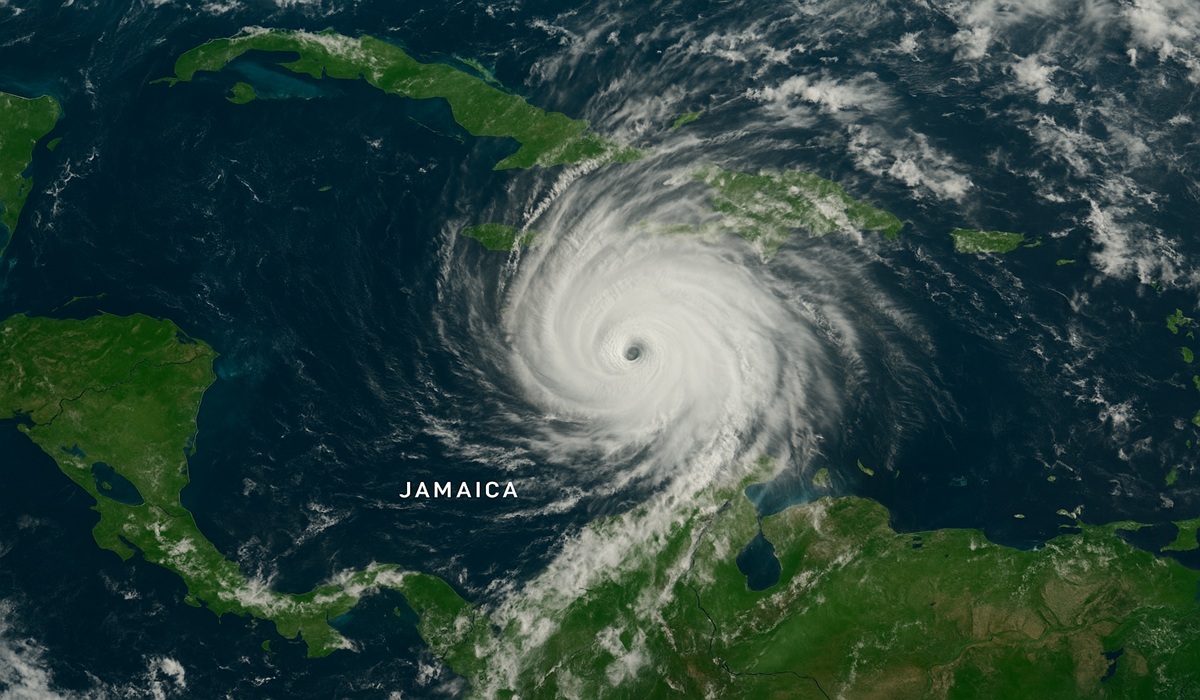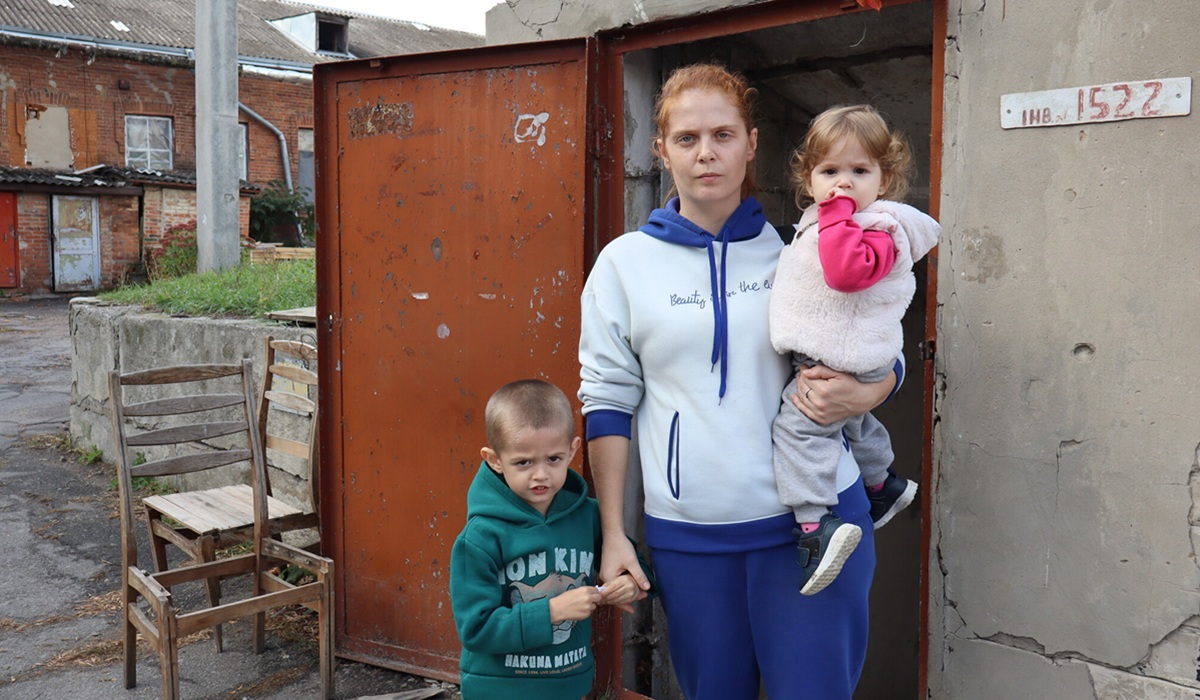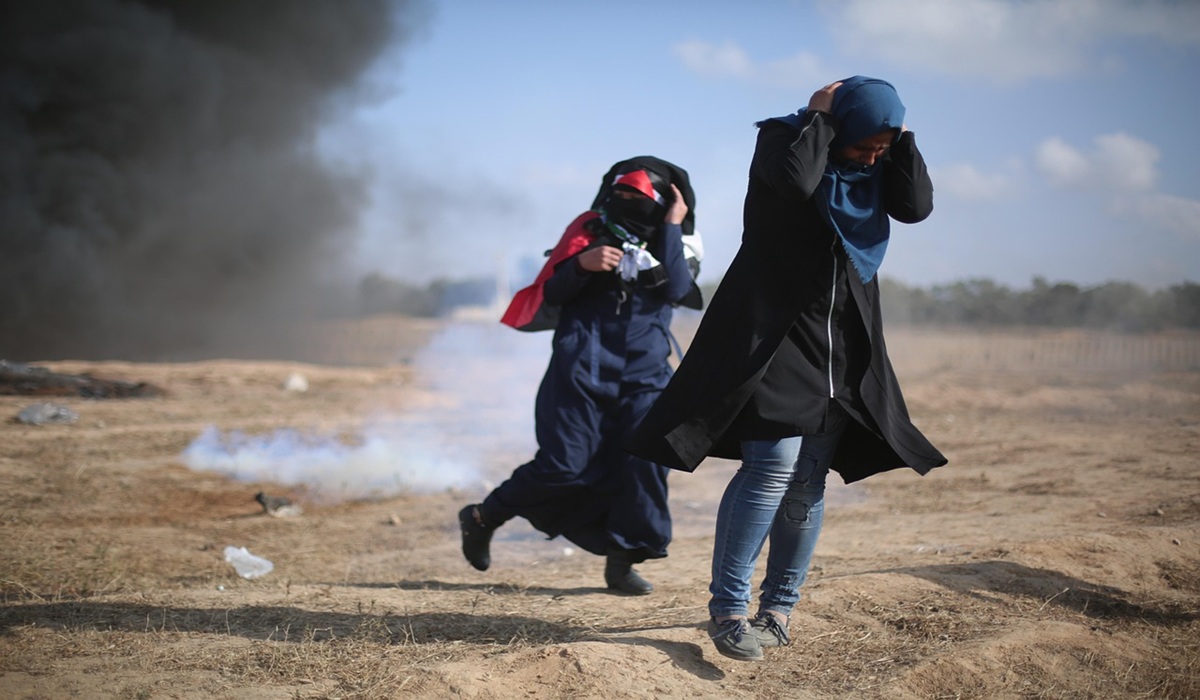Emptying Gaza City Raises Fears of Mass Displacement and Starvation
- Ingrid Jones
- Breaking News
- September 9, 2025

Image Credit: NRC
Israel’s order for residents to leave Gaza City has drawn urgent warnings from humanitarian groups, who say the directive could trigger the largest single displacement since the conflict began nearly two years ago. The Norwegian Refugee Council (NRC) has cautioned that the move amounts to a “forcible transfer” under international law, a term carrying grave legal implications.
The evacuation order directs hundreds of thousands of civilians to head south, despite the absence of shelter, food, or basic services in those areas. Aid groups warn that the directive risks worsening the famine already documented in Gaza City and spreading it across the territory.
“This is not an evacuation,” said Jan Egeland, NRC’s Secretary General. “Families are being driven out of Gaza City into small, confined areas, under the constant threat of deportation beyond Gaza itself. This is not about protecting civilians, it is about stripping them of their homes, their communities, and their right to remain on their land.”
The devastation inside Gaza City underscores the scale of the crisis. Hospitals, sanitation systems, and water infrastructure have been damaged or destroyed. Shelter agencies report that as much as 92 percent of housing across Gaza has been hit, leaving families with few options even if they comply with the order.
Conditions in southern Gaza remain dire. Displacement sites are overcrowded, unsafe, and lacking adequate sanitation. Humanitarian organizations face strict restrictions that delay or prevent the delivery of aid. Only 1,175 tents have entered Gaza since mid-August, enough to house fewer than 7,000 people. By contrast, an estimated 1.4 million Palestinians require emergency shelter.
“Right now, Gaza City is paralysed by fear and uncertainty,” said Salma Altaweel, NRC’s Northern Gaza Office Manager. “Families know that wherever they go they will face hunger, danger, and despair, yet staying behind feels just as impossible.”
The humanitarian situation has deteriorated sharply in recent weeks. On August 22, the Integrated Food Security Phase Classification (IPC) declared famine in Gaza City and warned that it could spread to other parts of the Strip if immediate action is not taken. Living space has shrunk to 0.5 square meters per person, compared to the international standard of 3.5.
International law prohibits the forced transfer of civilians from occupied territories. Article 49 of the Fourth Geneva Convention states that such actions are unlawful regardless of motive. The Rome Statute of the International Criminal Court lists forcible transfer and deportation as war crimes in international conflicts.
The NRC has called on Israel to withdraw the displacement order and urged governments to press for an immediate ceasefire, the release of hostages, and unfettered humanitarian access. “Driving people south does not end famine,” said Egeland. “It spreads it, while clearing the ground for permanent dispossession.”
For many civilians, the immediate concern is survival. With food supplies dwindling, medical services collapsing, and no safe refuge available, the future for Gaza’s displaced population remains deeply uncertain.







